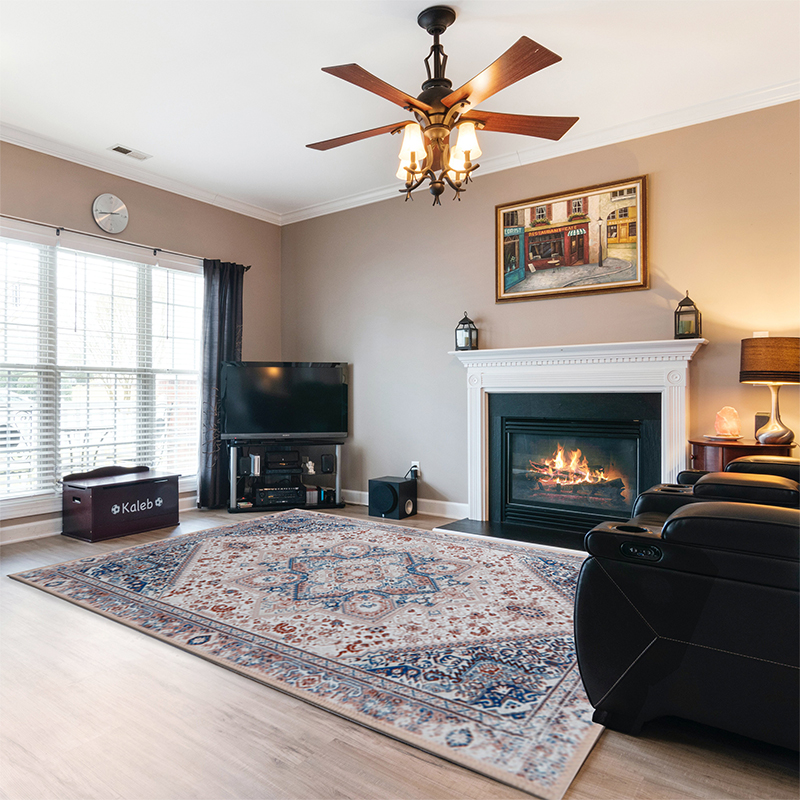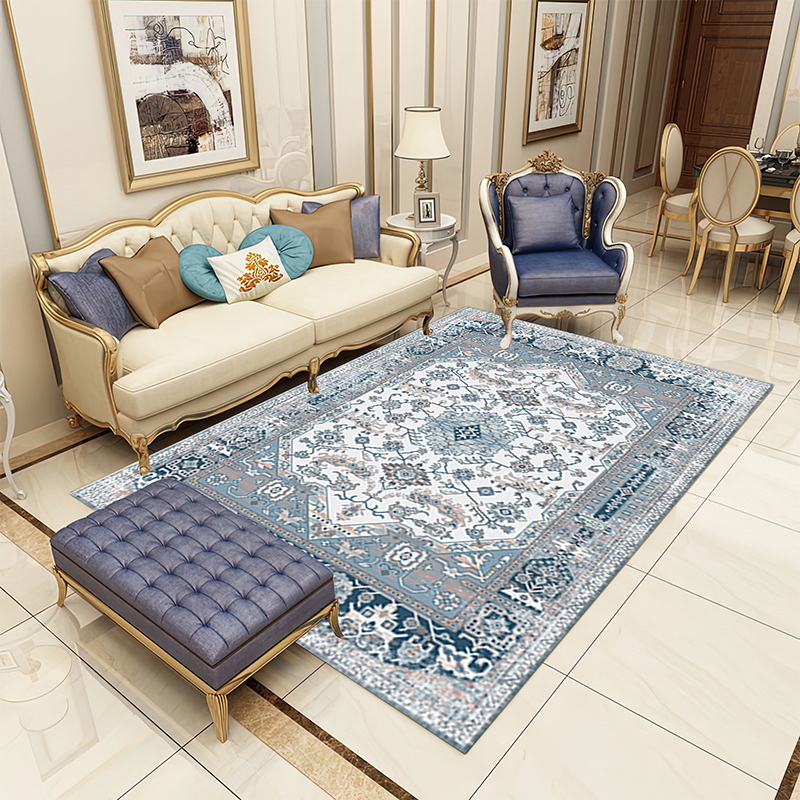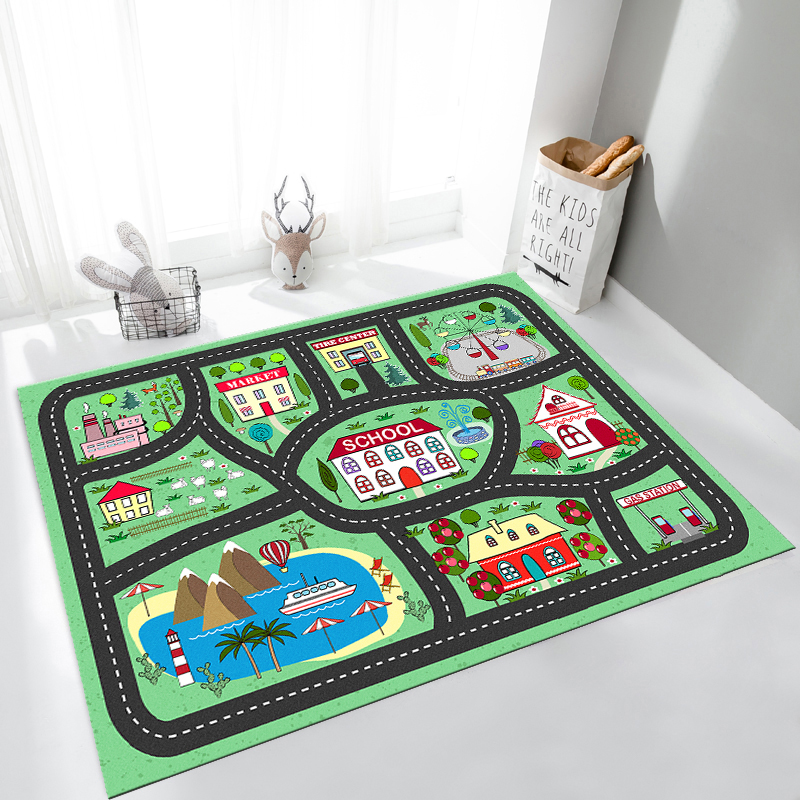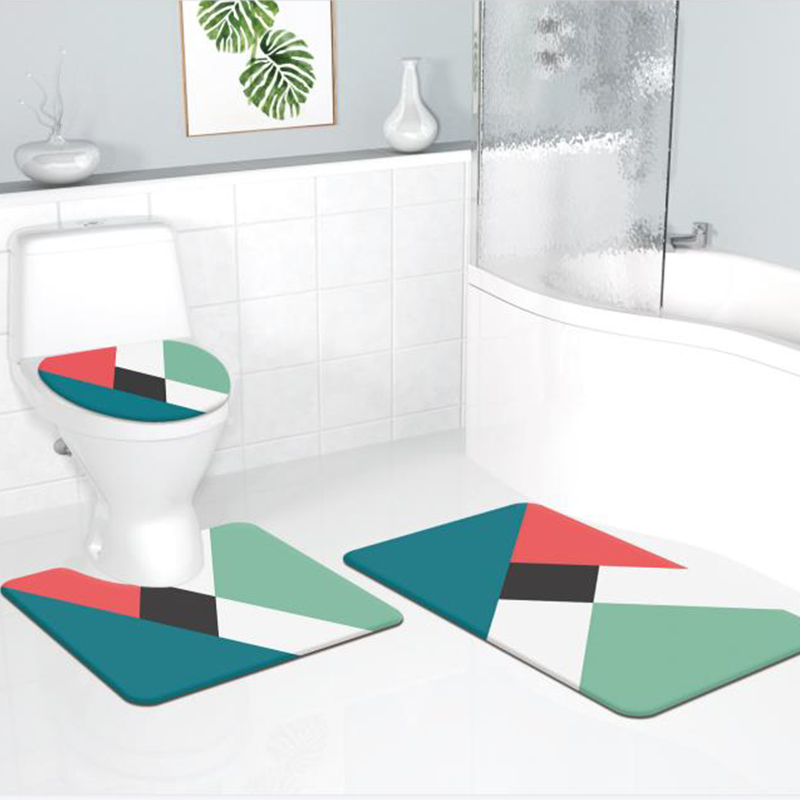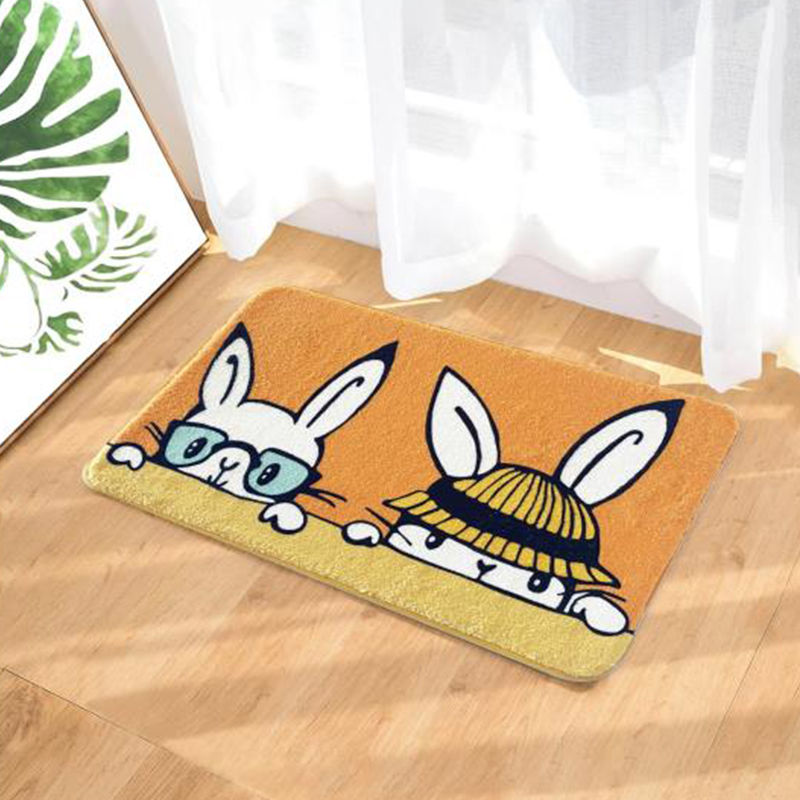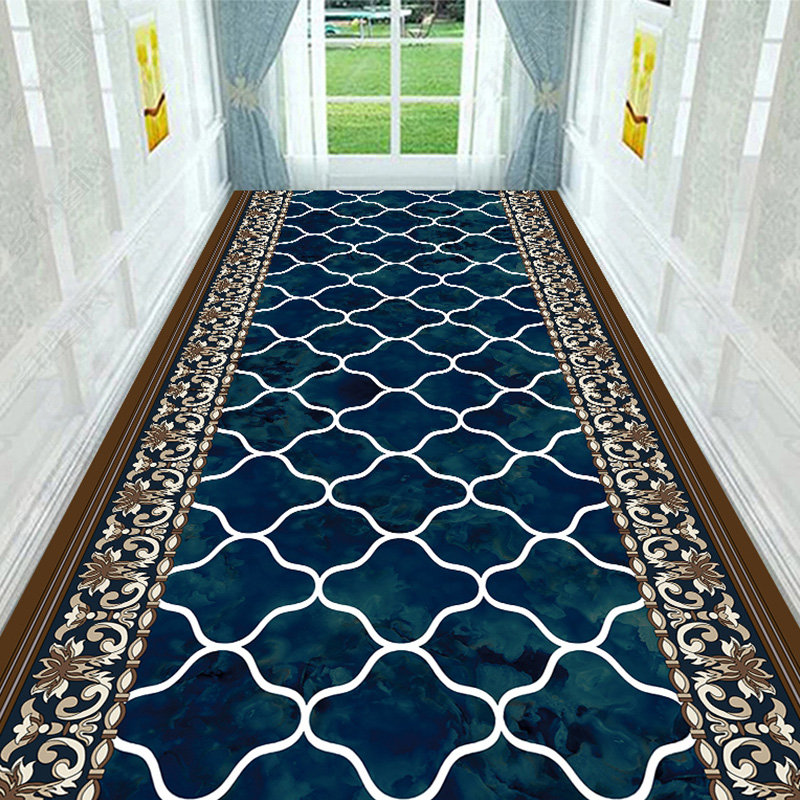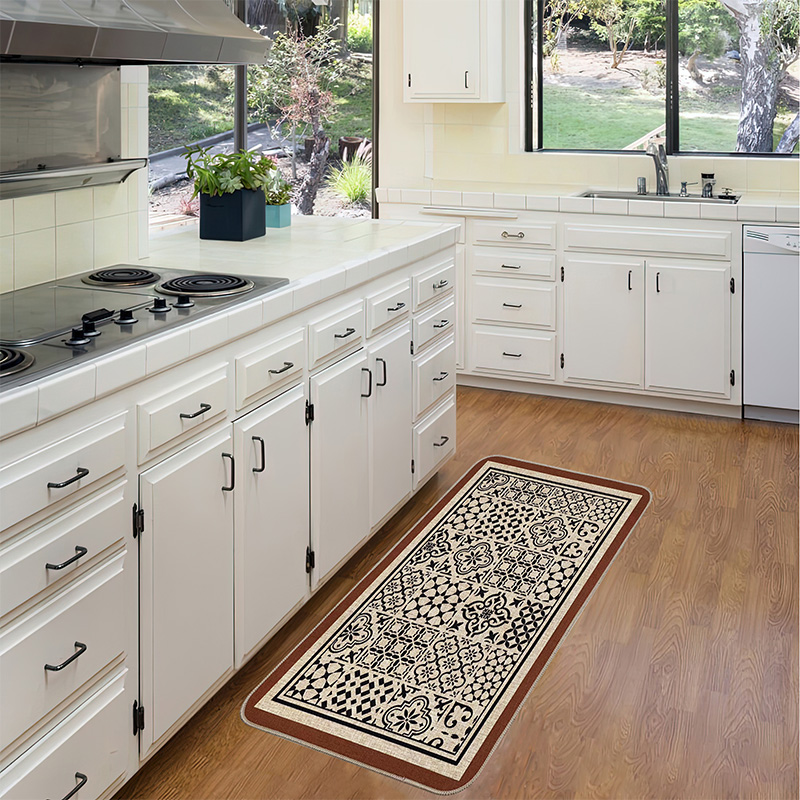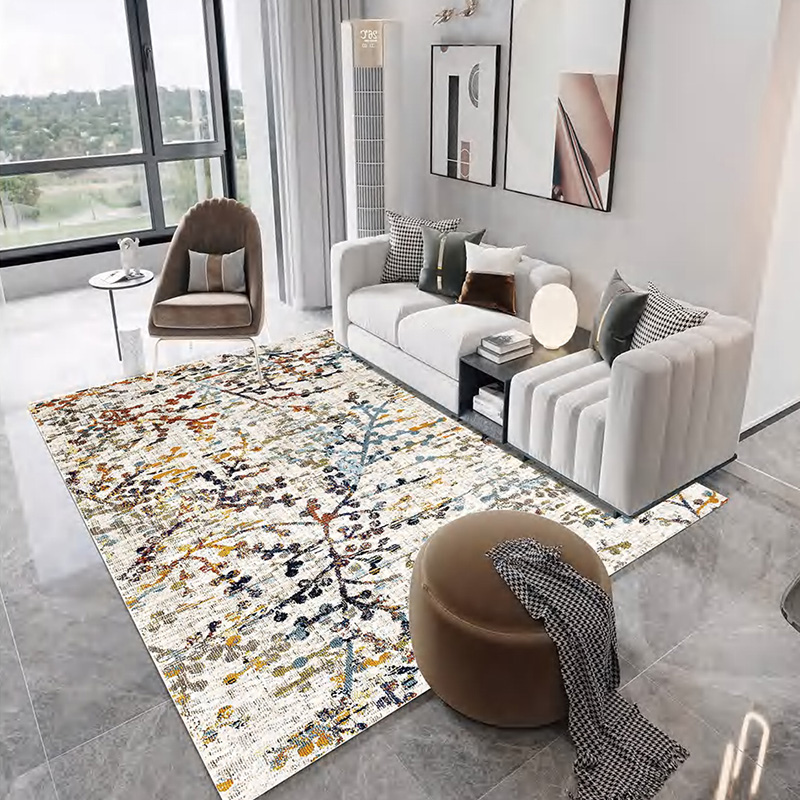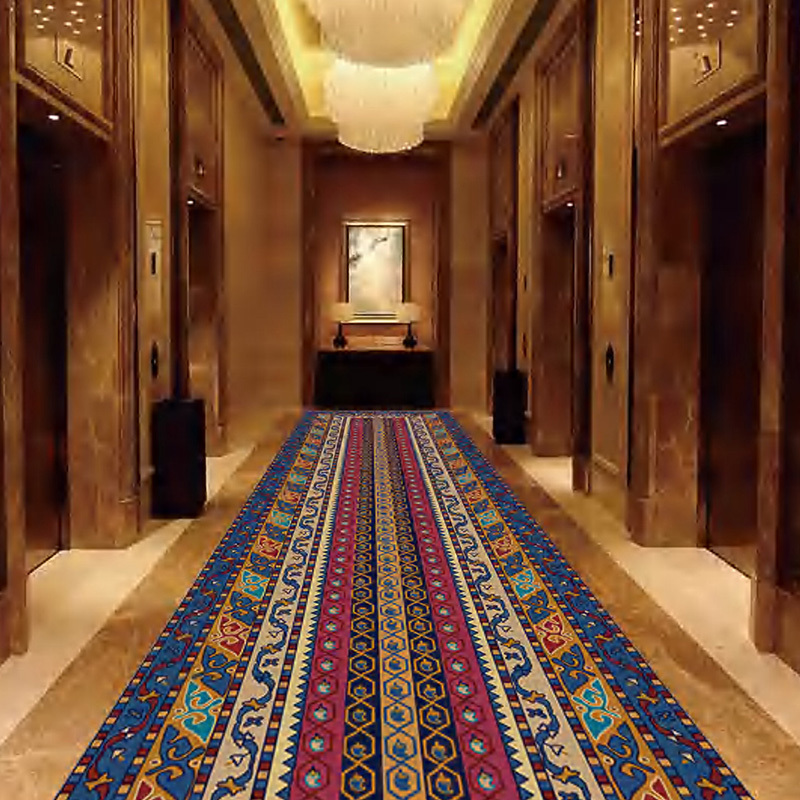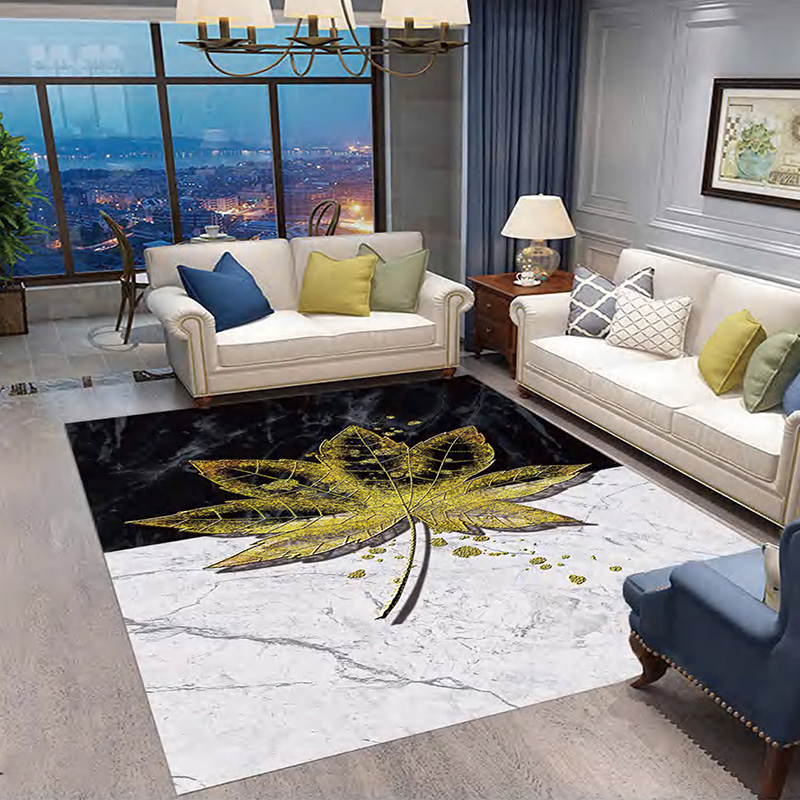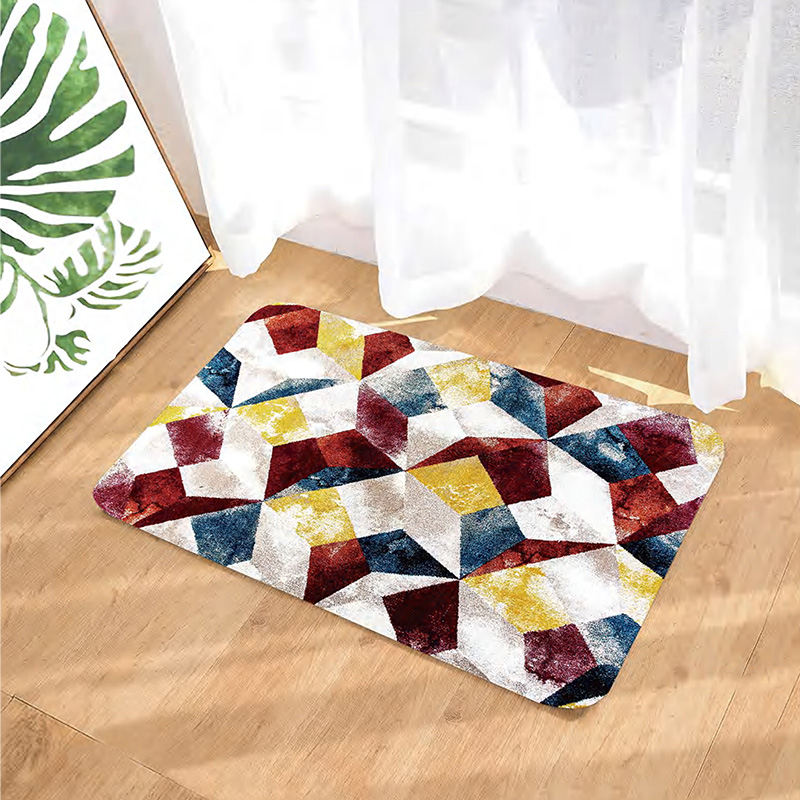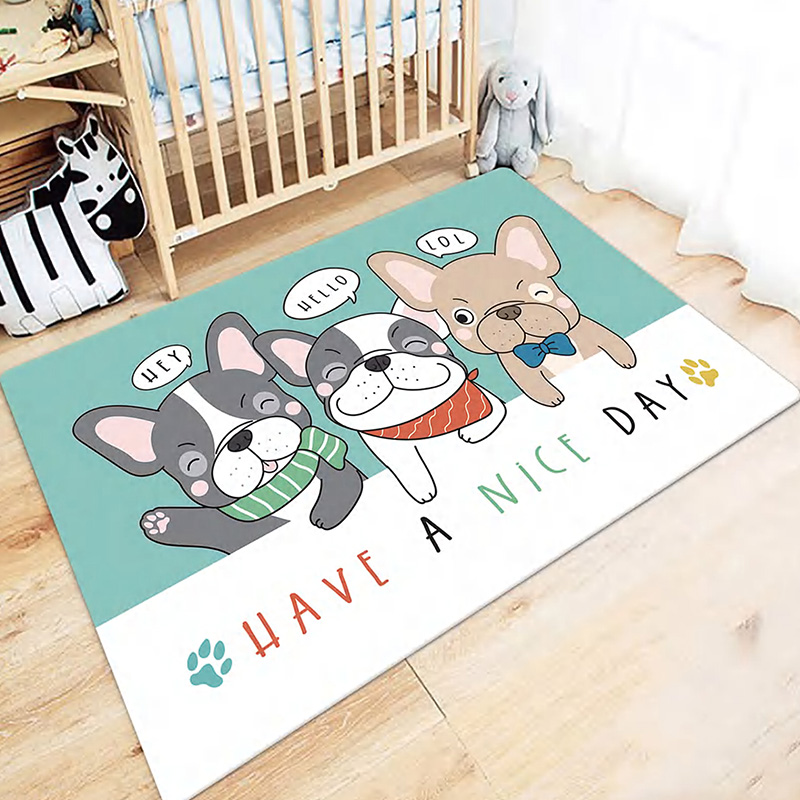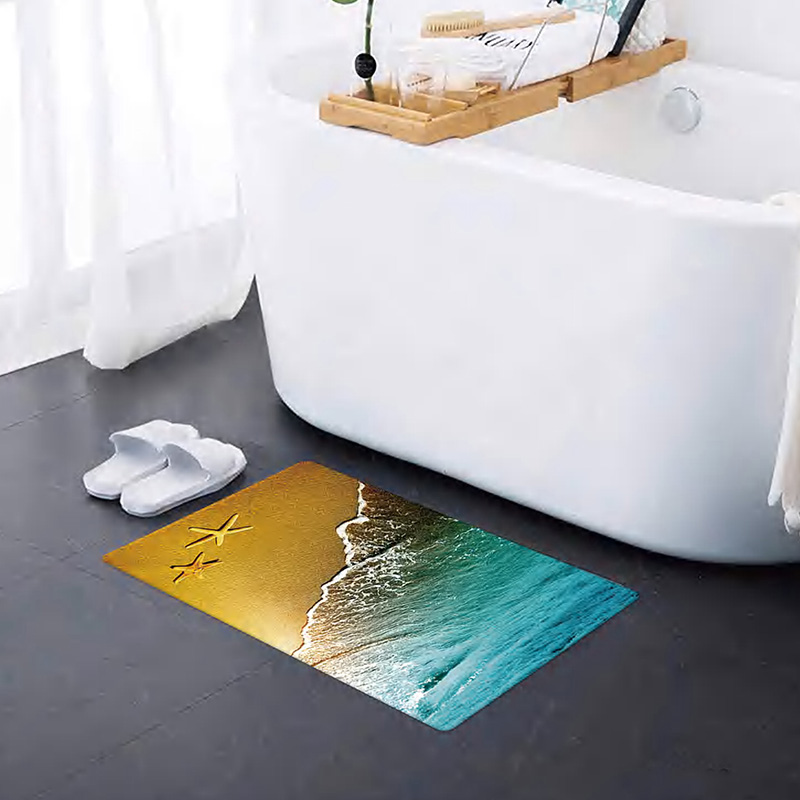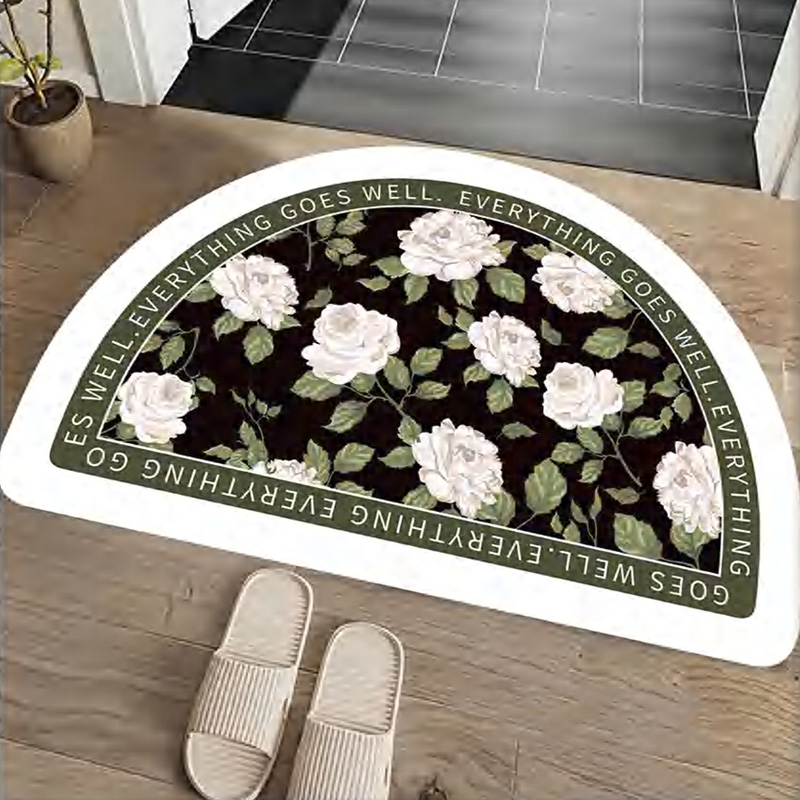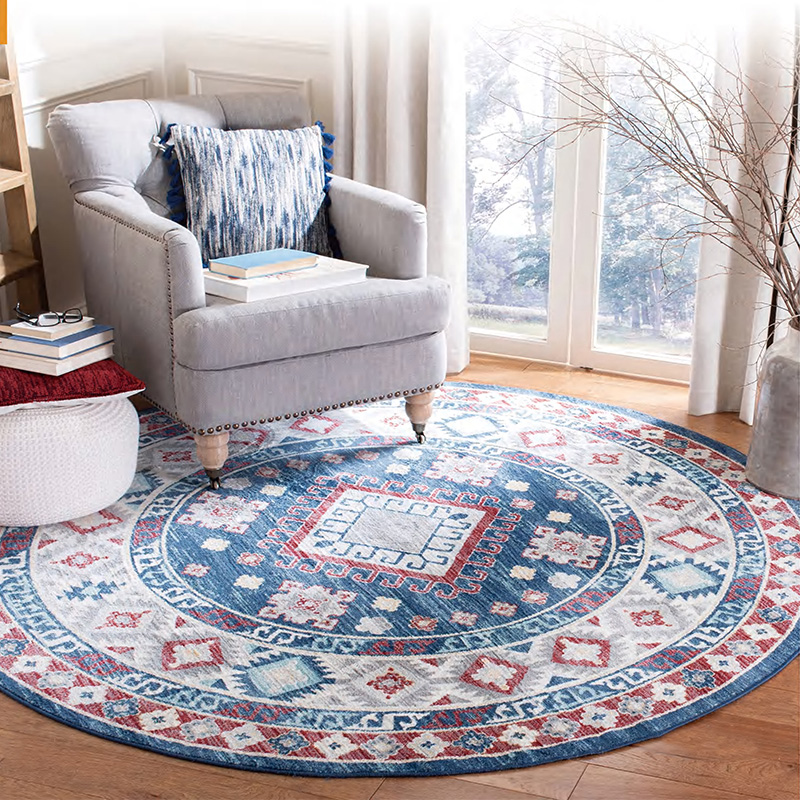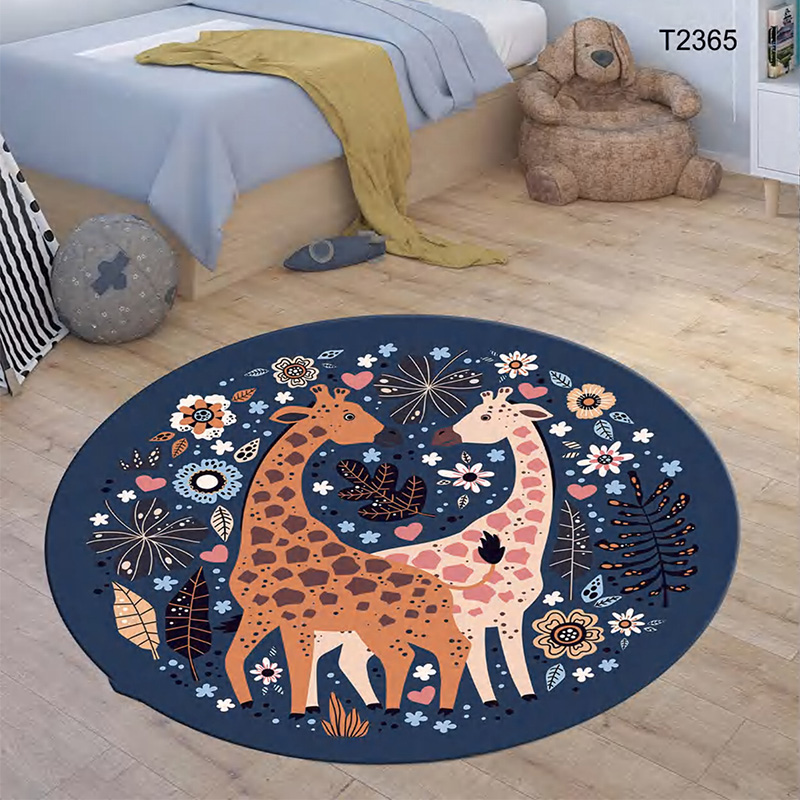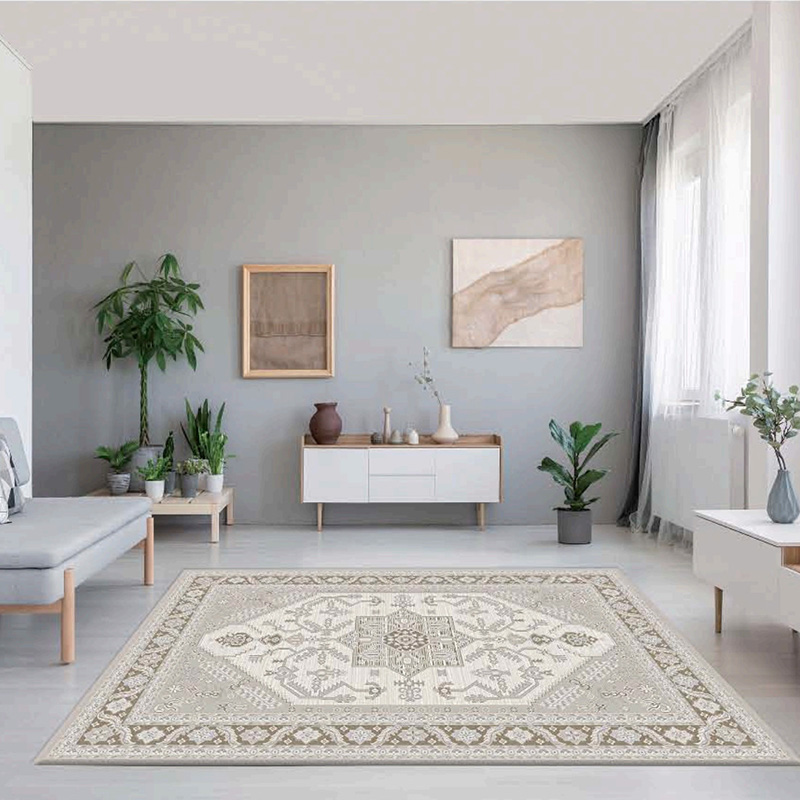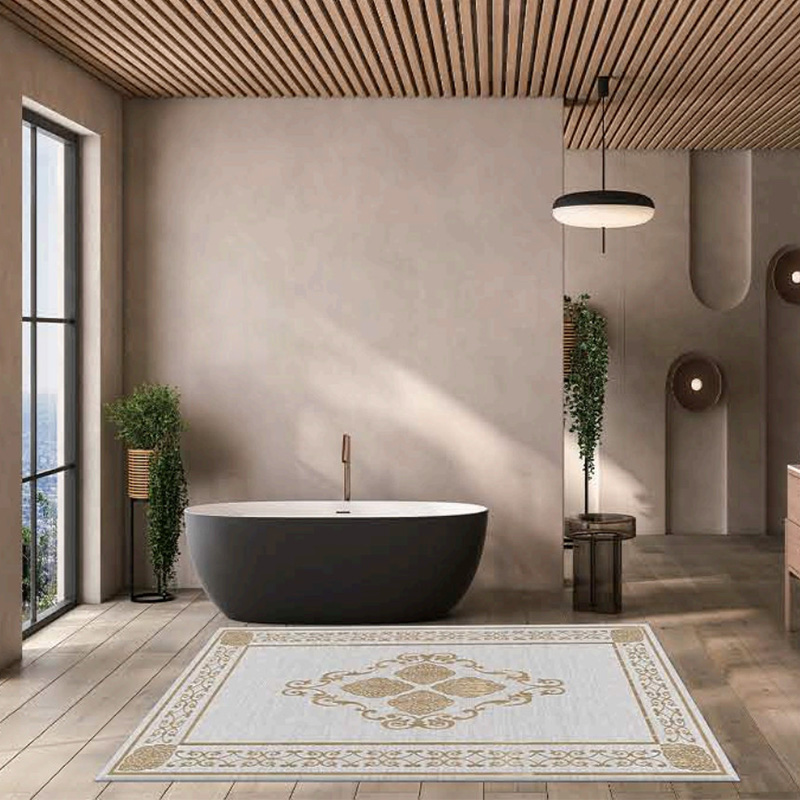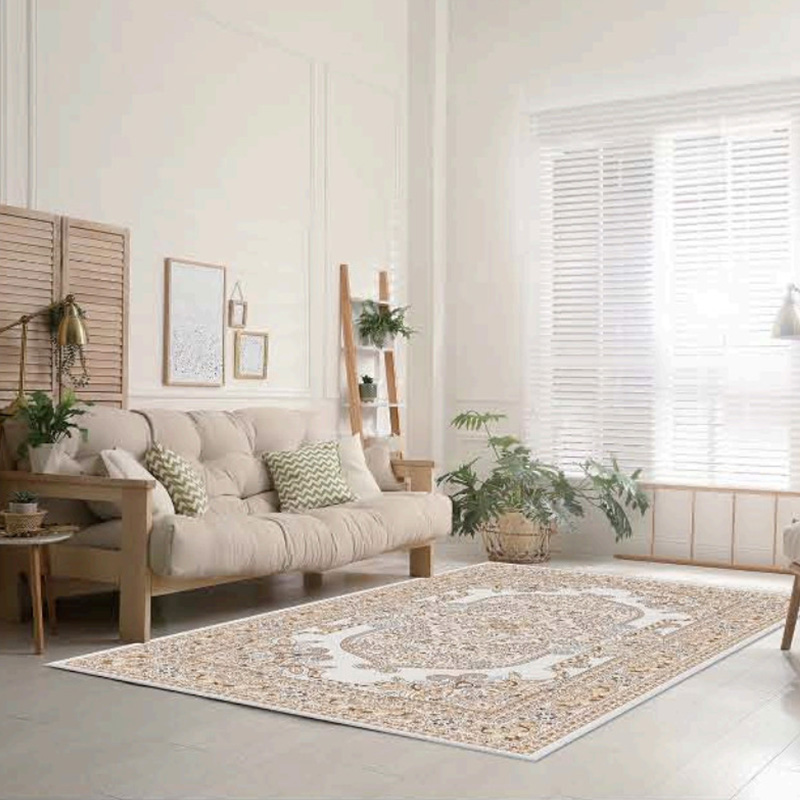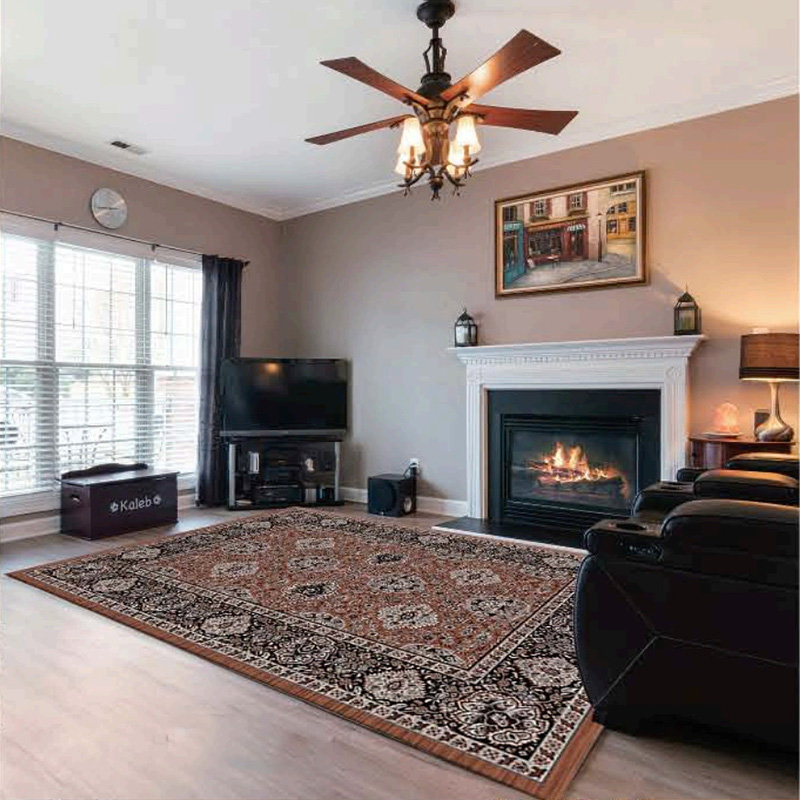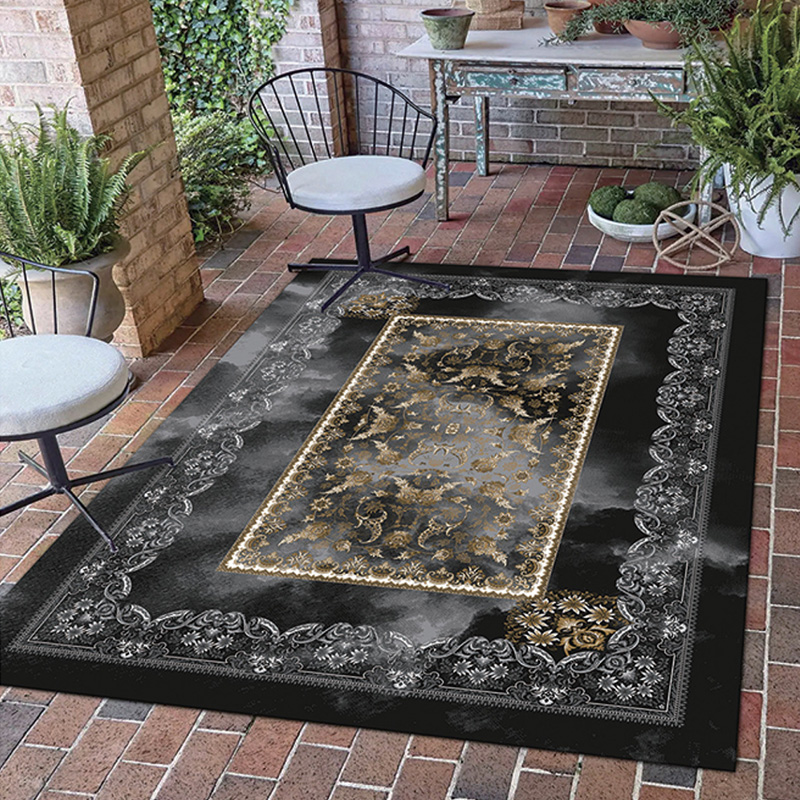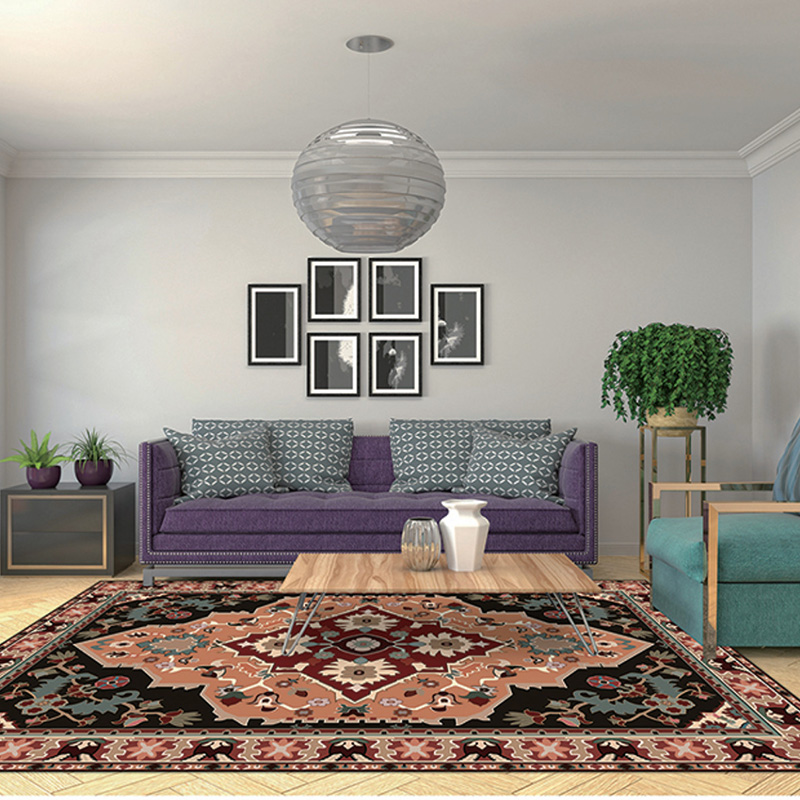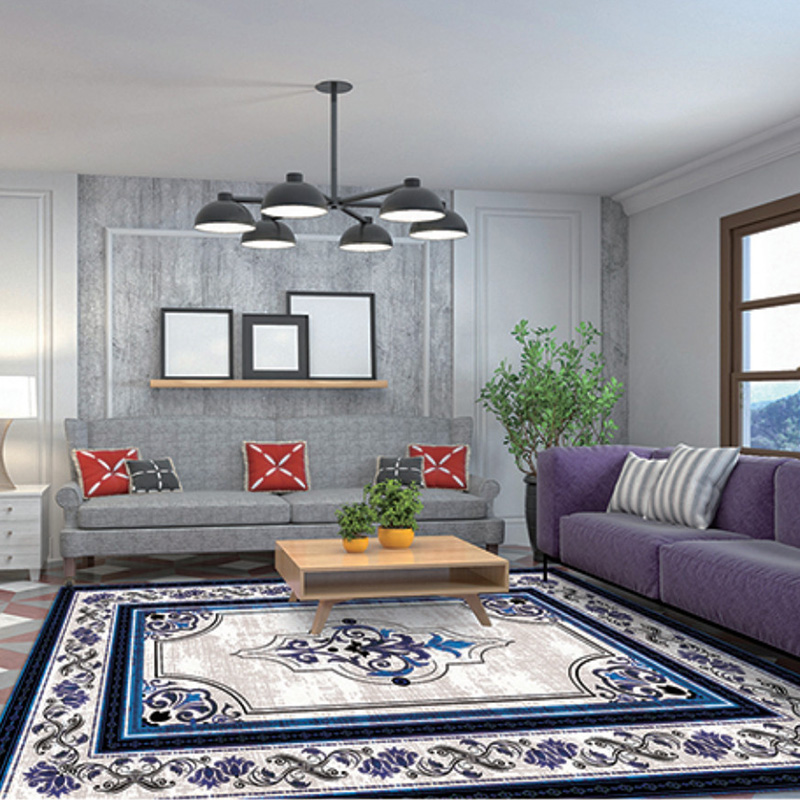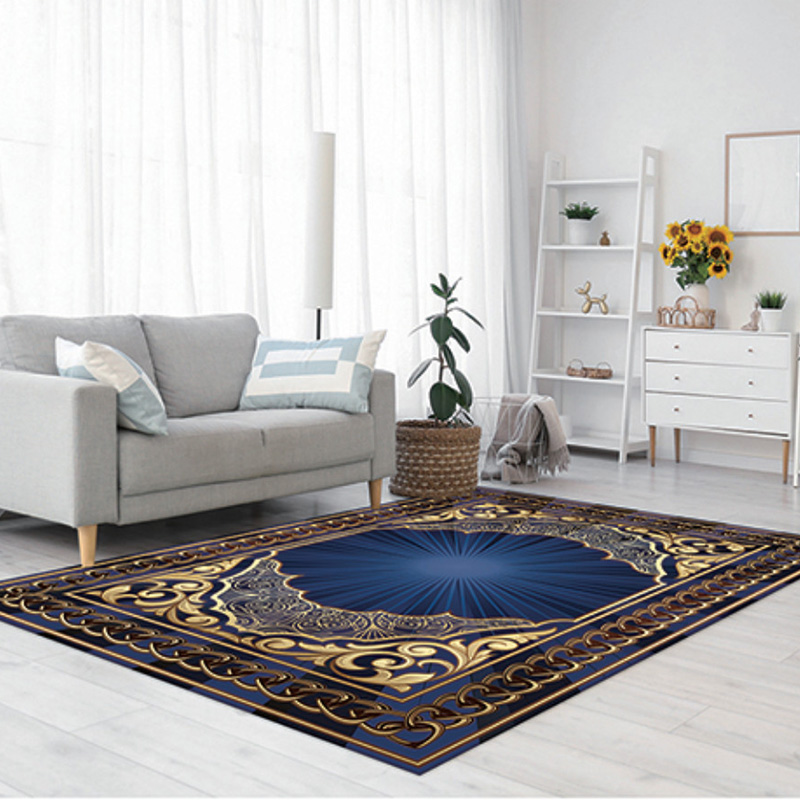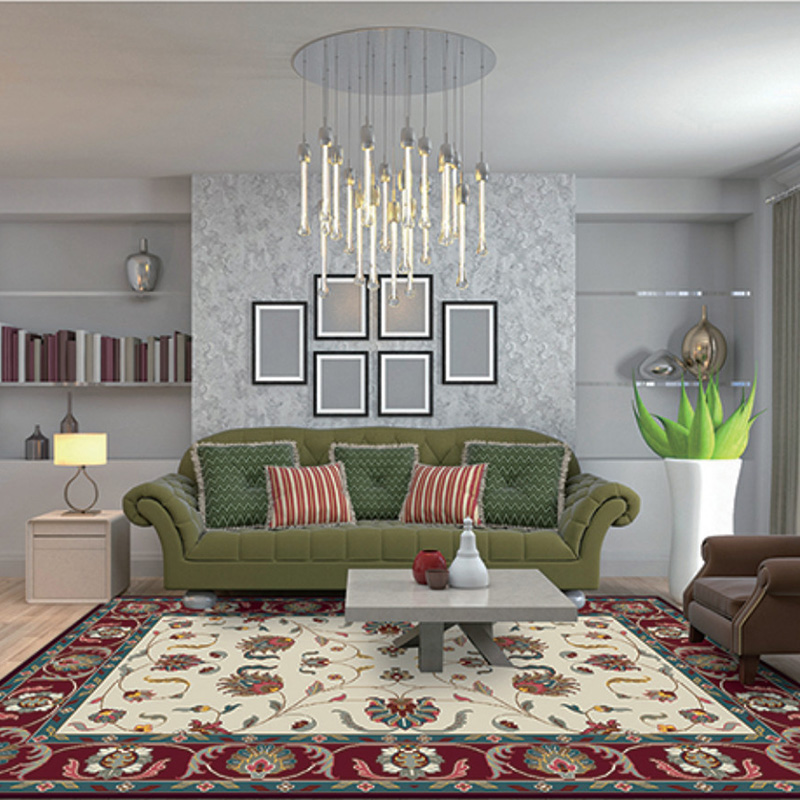Custom rugs have become an essential design element for homeowners and businesses seeking to create unique, personalized spaces. These rugs go beyond functionality, adding a layer of individuality and sophistication to any room. Custom rugs provide limitless options, from vibrant patterns and minimalist designs to bespoke shapes, all enhancing the aesthetic and comfort of both homes and commercial spaces.
One of the key reasons people opt for custom rugs is the ability to tailor the design to specific preferences. Unlike mass-produced rugs, which come in standard sizes and patterns, custom rugs allow customers to choose the exact dimensions, colors, and materials that suit their needs. This level of personalization ensures that the rug fits perfectly in the designated space, whether it’s a cozy living room, a grand foyer, or a high-traffic office area. Customers can even work with designers to incorporate personal elements, such as logos, monograms, or motifs that reflect their personality or brand.
Custom rugs also offer a high degree of versatility. Homeowners can choose from a variety of materials, including wool, silk, cotton, and synthetic fibers, depending on the desired texture and durability. Wool, for example, is known for its resilience, warmth, and ability to maintain its appearance over time. Silk, on the other hand, brings a luxurious feel and a soft sheen that adds elegance to a room. For spaces with heavy foot traffic, synthetic fibers like nylon or polyester offer durability while remaining affordable and easy to clean. The choice of material plays a significant role in determining the rug's longevity, comfort, and maintenance requirements.
In addition to material and size, the design process for custom rugs can include a range of different techniques. Hand-knotted rugs, for instance, are created by artisans who tie individual knots to form the rug's pattern. This labor-intensive method results in high-quality, long-lasting rugs that are often seen as investment pieces. Machine-made custom rugs, on the other hand, can be produced more quickly and affordably, offering an accessible option for those on a tighter budget. Both types of rugs can be made to fit any design preference, from traditional Persian patterns to contemporary geometric designs or abstract art-inspired creations.
For businesses, custom rugs can serve both decorative and functional purposes. Hotels, restaurants, and corporate offices often use custom rugs to enhance their branding and create a welcoming atmosphere. A rug featuring the company’s logo or a color scheme that aligns with the business’s interior design can tie a space together and strengthen the overall visual identity. Custom rugs can also help with acoustic management, providing noise reduction in large open spaces or rooms with hard floors. In settings such as conference rooms or lobbies, a custom rug can make a bold statement, conveying professionalism, luxury, or creativity.
Beyond aesthetics, custom rugs provide practical benefits. The right rug can significantly improve the comfort of a room by adding warmth and cushioning to hard floors, making a space feel more inviting and cozy. Rugs also help with noise reduction, particularly in homes or offices with hardwood or tile flooring. They provide a soft surface underfoot, making them ideal for areas like bedrooms or living rooms where people tend to spend a lot of time.
Creating a custom rug is an investment in both the beauty and functionality of a space. It offers a sense of pride and satisfaction, knowing that every detail was chosen to reflect one’s tastes and preferences.

 英语
英语 阿拉伯语
阿拉伯语 德语
德语
